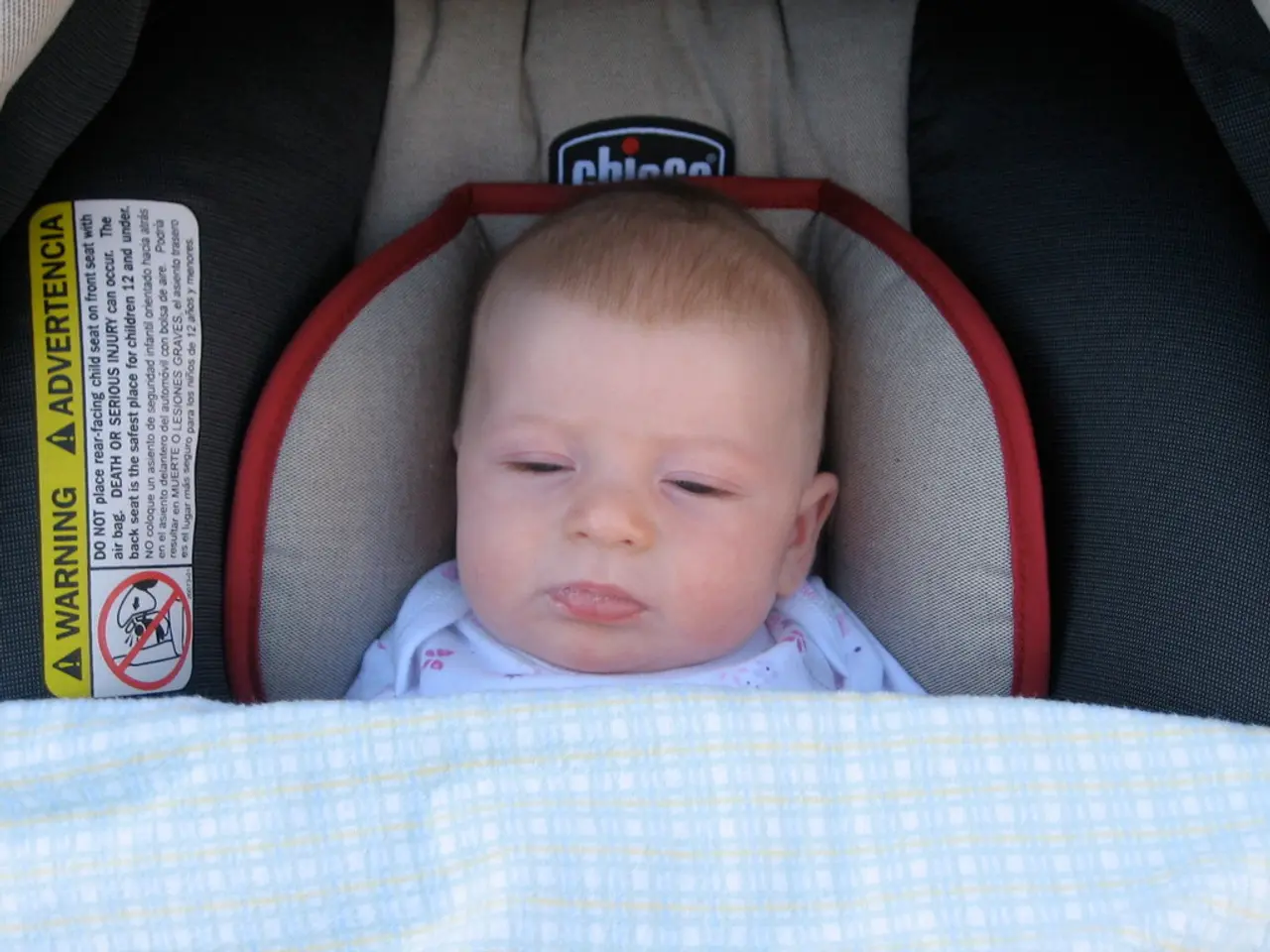Child Abuse Indicators to Keep in Mind
In the United States, child abuse and neglect are prevalent issues that require our attention and action. These forms of maltreatment can have profound and lasting effects on a child's physical, emotional, and psychological well-being.
Physical Abuse
Physical abuse occurs when a child is intentionally injured or put at risk by another person. Signs of physical abuse include unexplained injuries, frequent or specific patterned injuries, injuries inconsistent with the child's age or explanation, multiple injuries at different stages of healing, and the child not receiving medical care for injuries. Behavioral signs may include awkward movements, difficulty walking, habitual absence from school, or inappropriate clothing that covers injuries. Disclosure by the child that abuse has occurred is also a significant sign.
Neglect
Neglect, the most common form of maltreatment, involves a persistent failure to meet a child’s basic needs such as food, clothing, shelter, medical care, and supervision. Other signs include frequent or repeated absence from school, lack of parental involvement in the child's life, limited or no access to healthcare, the child appearing consistently dirty or inappropriately dressed for the weather, and behaviors such as begging or stealing food or money.
Behavioral and Emotional Indicators
Children who become more reserved, isolated, or withdraw socially, or show unusual fearfulness or anxiety, might be victims of abuse or neglect. Children may also disclose abuse indirectly or talk about someone else's abuse, which may in fact reflect their own experience.
Types of Child Abuse
Child abuse includes physical abuse, sexual abuse, neglect, emotional abuse, and medical abuse. The perpetrator of sexual abuse is often someone the child already knows, such as a family member, coach, teacher, or someone who leads an after-school activity. Unusual physical symptoms, especially in the genital area, may indicate sexual abuse.
What to Do
If you think you've hurt your child, reach out for help from a friend, relative, or health professional. If you suspect someone you know is abusing a child, keep the child away from the abuser until the authorities are notified. Regular 'check-in' conversations with children about body parts and boundaries can help them feel comfortable discussing potential abuse.
Immediate Action
If the child needs immediate medical attention, call 911 or your local emergency hotline. Children who display unusual sexualized behaviors or make age-inappropriate statements about sex might have been exposed to sexual abuse. Sexual abuse includes rape, forcing a child to perform a sexual act, forcing participation in a sexual act to arouse the abuser, making children undress, showing children pornographic material, or fondling a child's genitals.
Reporting Child Abuse
If you suspect child abuse, contact your local child protective agency, police, or hospital. The Centers for Disease Control and Prevention (CDC) estimates that 1 in 7 children in the United States experiences child abuse or neglect each year. The Childhelp National Child Abuse hotline (800.422.4453) is available 24 hours a day.
Distinguishing Neglect from Economic Hardship
Notably, poverty may cause some overlapping signs (such as lack of resources), so professional assessment is necessary to distinguish neglect from economic hardship.
Emotional and Medical Abuse
Emotional abuse hurts a child's emotional well-being and negatively affects their sense of self-worth. It can be verbal, but can also include ignoring, rejecting, or isolating a child. Medical abuse is when someone intentionally tries to make a child sick or places them in danger so they need medical care.
In conclusion, recognising and addressing child abuse and neglect is crucial for the well-being of our children. By being vigilant, seeking help when needed, and reporting suspected cases, we can work together to create safer environments for our children.
In the realm of adult life, it's essential to prioritize a balanced health and wellness, merging health, fitness, and exercise into one's lifestyle to combat chronic diseases like cancer, respiratory conditions, digestive health issues, eye health problems, hearing disorders, and cardiovascular ailments. Education and self-development, including career development, job searching, and skills training, contribute significantly to mental health as well as overall well-being.
Workplace wellness programs are beneficial, championing healthy eating habits, managing medical conditions, and providing therapies and treatments when required. In the scientific community, research on autoimmune disorders, skin care, and neurological disorders continues, conferring promising advancements for those affected.
CBD, a popular natural remedy, has shown potential in treating certain health conditions without causing adverse reactions. Skin conditions might necessitate dermatological treatments or skincare recommendations, while hearing aids or other medical assistance may aid those with hearing impairments.
Preventing and managing medical conditions goes hand-in-hand with maintaining a nutritious diet and seeking regular medical care. Similar attention should be directed towards taking care of one's mental health, seeking help when needed, and practicing relaxation and stress management techniques.
Just as it is crucial to address child abuse and neglect, adults must prioritize their health and well-being amid the chaotic pace of modern life. In this pursuit, education, self-care, and professional support are valuable allies, fostering personal growth and maintaining a fulfilling career.




